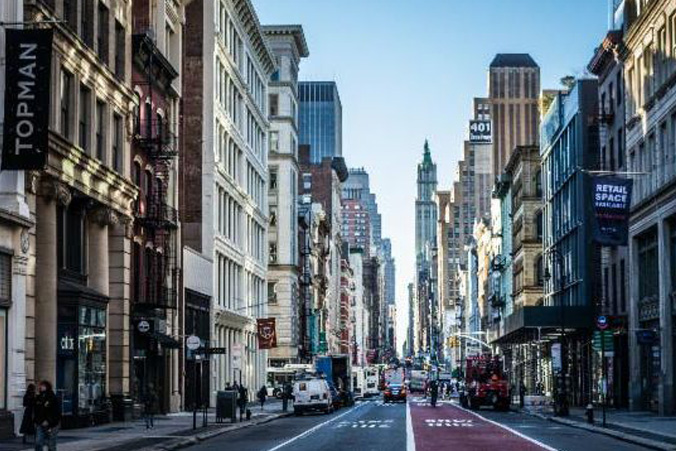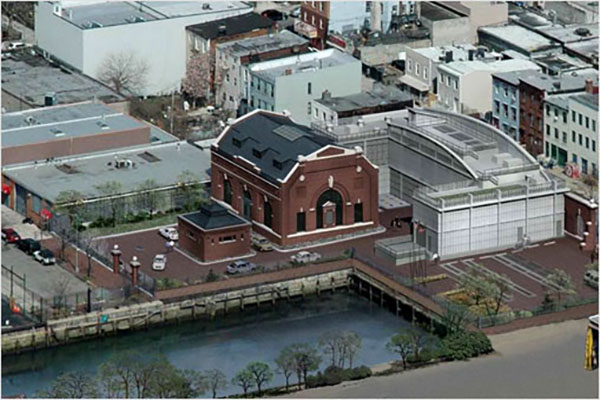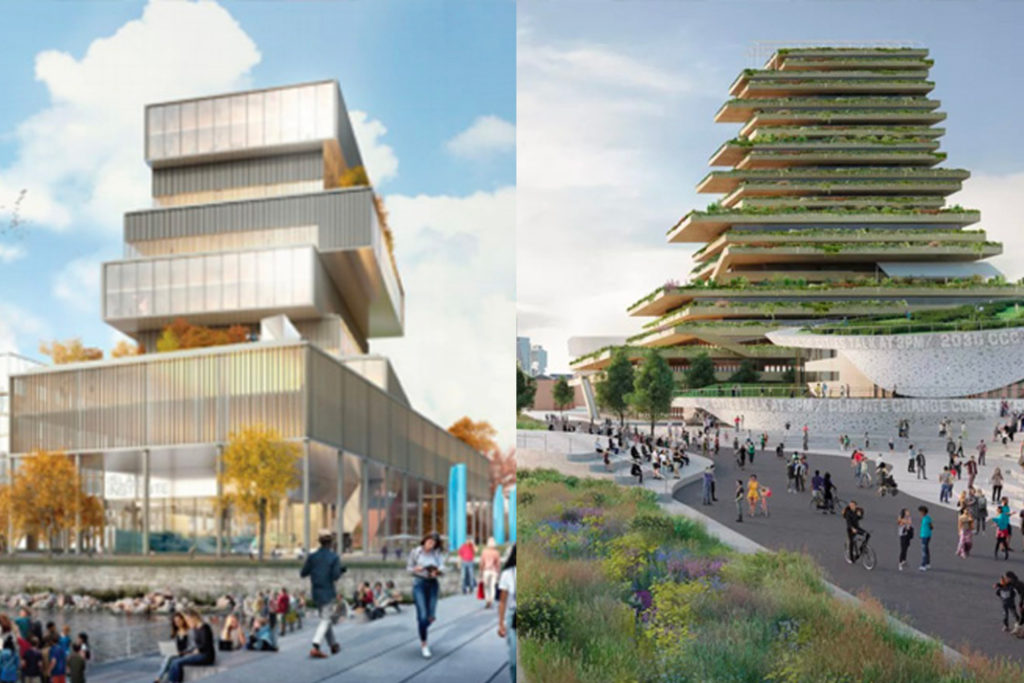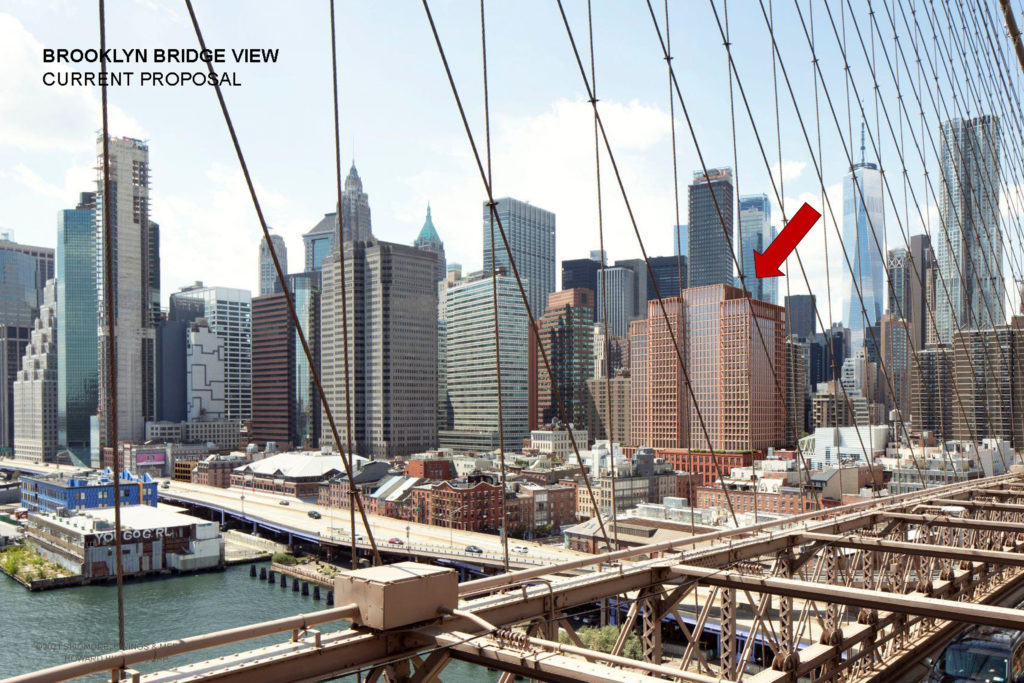A series of upzonings is threatening some of New York’s most treasured neighborhoods. New Yorkers reinvented SoHo/NoHo, Gowanus, and Governors Island and made them unique destinations. Now, despite strong community opposition, the de Blasio administration’s controversial rezonings are poised to allow out-of-scale towers to be built as-of-right, diminishing these historic sites.

The City Planning Commission certified the SoHo/NoHo rezoning on May 17, starting the public review process. The rezoning would substantially increase allowable building bulk in the historic districts and set height limits taller than the average building height. City Planning says the proposal will create hundreds of affordable housing units. But that could happen without threatening the historic core. City Planning says the proposal will create hundreds of affordable housing units. But that could happen without threatening the historic core. SoHo and NoHo are renowned for cast-iron and early commercial architecture and symbolize New York across the world. If this rezoning is approved, this unique legacy could be lost.

Gowanus, Brooklyn is known for its low-scale 19th-century red-brick former industrial buildings. Many have been converted to residential uses, and this community has evolved and thrived. A proposal to upzone Gowanus is in the public review process now. A handful of landmarks were designated, but the majority of Gowanus and the industrial heritage it represents will be under severe development threat if the proposal is approved.

Governors Island has become a beloved oasis for millions of New Yorkers who enjoy historic buildings, open park areas, and dramatic views of Lower Manhattan. But now, the City Council is on the verge of approving a plan that would encourage 20-25 story towers on a portion of the southern half. The Land Use Committee approved the rezoning on May 11. The full Council is expected to follow on May 27.

The Conservancy supported the proposal for a new building at 250 Water Street in the South Street Seaport Historic District. Board members spent considerable time debating the proposal and making suggestions to improve the design, to better reflect the historic context. It was a difficult decision. But the Public Policy Committee determined that a building on this site was a worthy goal and that this building was a good fit for the Historic District. The Landmarks Preservation Commission voted to approve the proposal on May 4.
